Main Menu
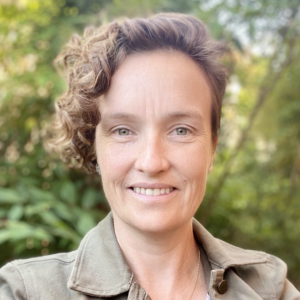
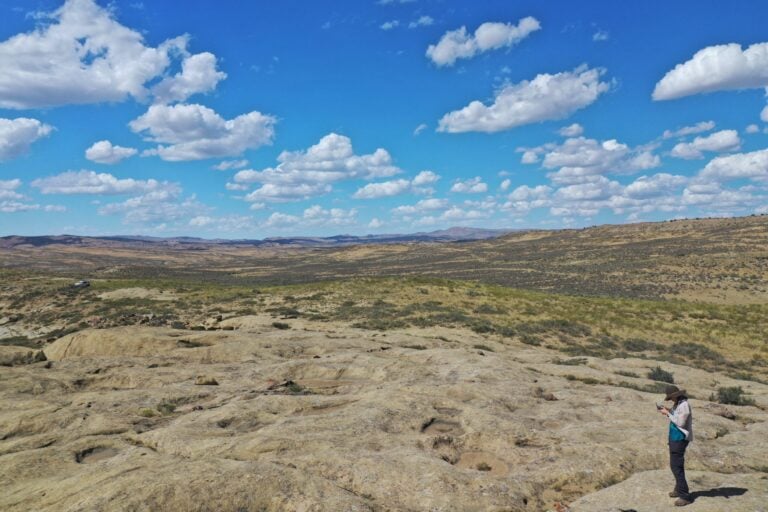
Aerial Archaeology has been around since hot air balloons were able to fly over the pyramids, their revolutionary cameras taking photos of the landscape in the 1800’s. By taking photos from the air, we are able to have a better understanding of the placement and building of archaeological sites. Their relational context in superposition being as key as their relation horizontally from landscape topography, and access to resources.
Historically, site maps were created for guidance on where objects and features were found, with notes about the slope of the land.
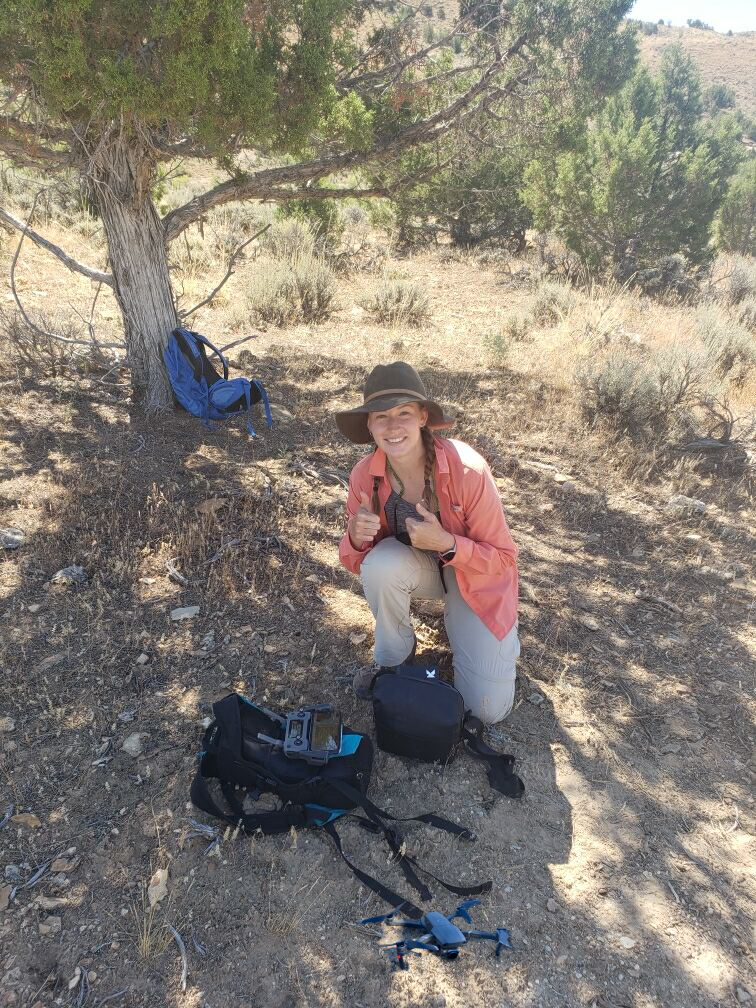
Kiki has always been interested in archaeology. When she was young, she learned about the ancient Greek constellations and saw the moon, Jupiter and Mars (named after the Roman gods) through her neighbour’s telescope. She took science classes like astronomy in school, as well as world history.
Her love of space brought her to college at the University of Colorado Boulder, where she originally studied astronomy and worked at the planetarium. After her first year of school, she realised it wasn’t calculating the distances to stars that inspired her, it was the stories that ancient cultures use to tell, the buildings that aligned with the stars, and the use of space as a clock in the greater context of the passing of time for these people long ago. She switched her major to Archaeology and continued to work at the planetarium. Kiki’s final year project was a planetarium show about the Mayan calender and the myths and traditions that surround the use of space.
She continued her education in Australia where she studied an undergrad at James Cook University in Townsville, and did a Masters in Museum Studies at the University of Queensland.
When she moved back to the states a few years later, she became the director of the local museum. In her four years at the museum, overseeing multiple historic properties, Kiki found that the overlooking perspective of placement was apparent in historical archaeology as well. She wanted to continue her education and started a second masters in Applied Geospatial Sciences through Northern Arizona University.
While working on her masters, Kiki was able to do some weekend work for the Dominquez Archaeological Research Group (DARG), using her drone to fly along cliffsides where rock art made nearly 1000 years ago had become inaccessible. This was due to the perch that was used when creating these images had eroded over time.
Kiki created her own business, Indiana Drones Archaeology, and has since been written into grants for historic preservation, including her current masters project where she is looking at sites that were used as fortresses by the ancient Native Americans, using the drones to have a better understanding of how they were made, and the locations of post-holes that were drilled into the tops of stones for these structures.
By flying her drone around archaeological sites, she can take hundreds of photos and digitally process them into a 3D model. The computer will line up points in each photo until they overlap creating an accurate image.
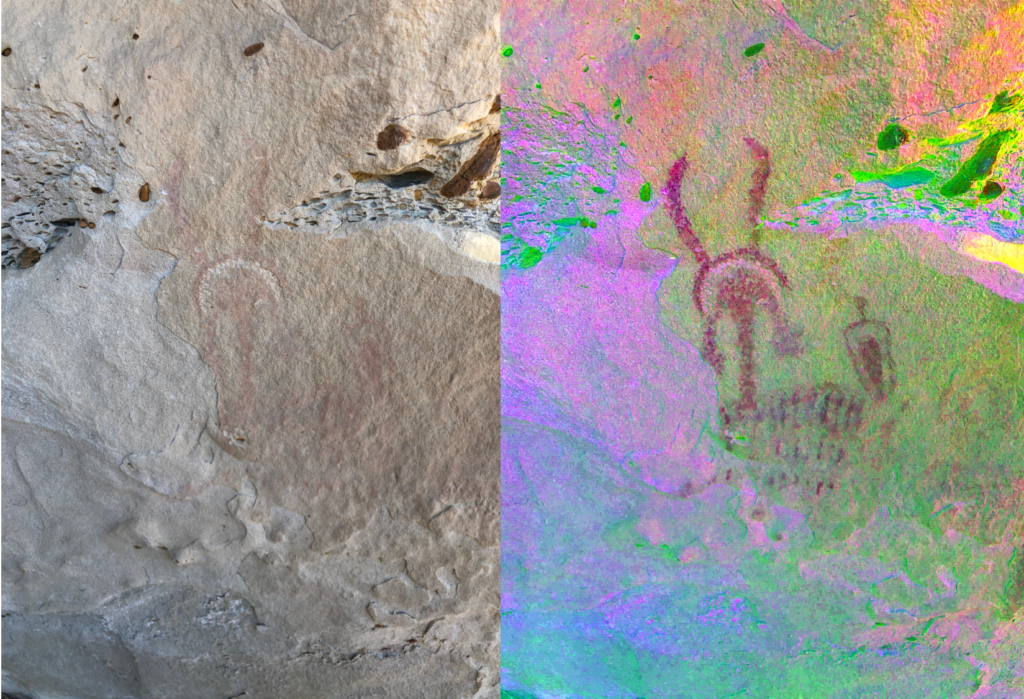
Using technology to see deeper… excerpt from a blog post on Kiki’s website. “Then we get into the truly invisible world – Rock art. DStretch[4], which has revolutionized the ability to analyze rock art, can alter the saturations of colours and the textures to give definition to the art. This clarity in form and formation of rock art can tell us more about its creation and the styles origin.”
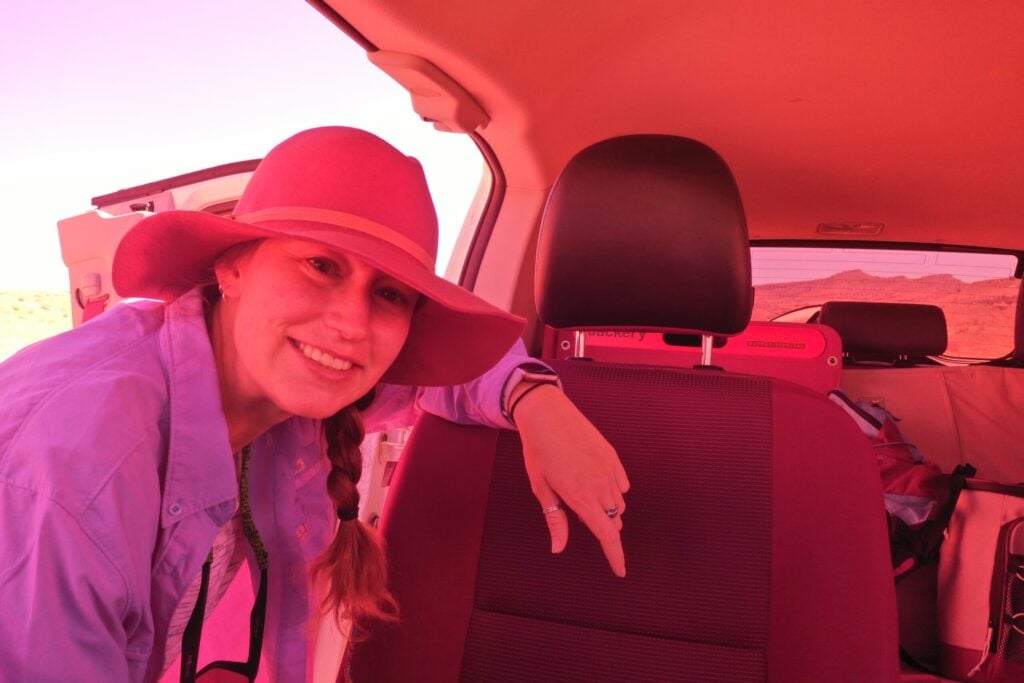
Take a look at Kiki’s poster as well as many more as part of our FREE Diverse Industry Role Models Series.
Here you will find a wide range of individuals who use drones and Geographic Information Systems (GIS) to solve some of the biggest STEM challenges in the world. Find out what a landscape ecologist does. Have you heard of a solution engineer?
Click here to view all our career posters, and to download Kiki’s poster here.
She Maps is Australia’s leading expert in drone and geospatial education.
She Maps assist schools with the purchasing of drones, school-industry created drone and geospatial teaching resources and highly supportive teacher professional development.
Ready to buy drones for your school? We are an authorised DJI reseller in Australia

Subscribe by email and never miss a blog post or announcement.

She Maps aims to bring much needed diversity and support to STEM. We do this by providing drone and geospatial programs to teachers and schools across the globe.
At She Maps we acknowledge the Traditional Custodians of Country throughout Australia and their connections to land, sea, and community. We pay our respect to their Elders past and present and extend that respect to all Aboriginal and Torres Strait Islander peoples today.
Aboriginal and Torres Strait Islander peoples are advised that this site may contain names, voices, or images of people who have passed away.
Learn the 6 Steps to Launching a Successful Drone and Geospatial Program at your School
Take our resources for a spin and join the thousands of teachers who love our ready-to-teach classroom materials. Try one of our complete units of work for free.

